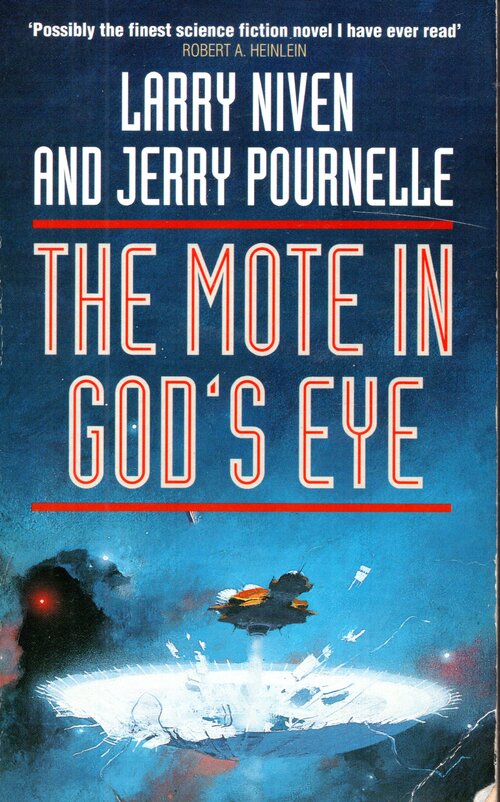Many of these predictions lack experimental evidence to back them up and perhaps do so forever because the experiments that would be necessary to prove their validity are outside the available energy scale.What happens now if they prove that Dark Energy is just something wrong with the equations, where do we go from here?
With all due respect to the beliefs of others, I think this sounds a lot like a dispute between two religious sects that will continue indefinitely because revealed truth is long overdue.
If these guys were dedicated to chess, it would not change anything in the world of experimental science.


































